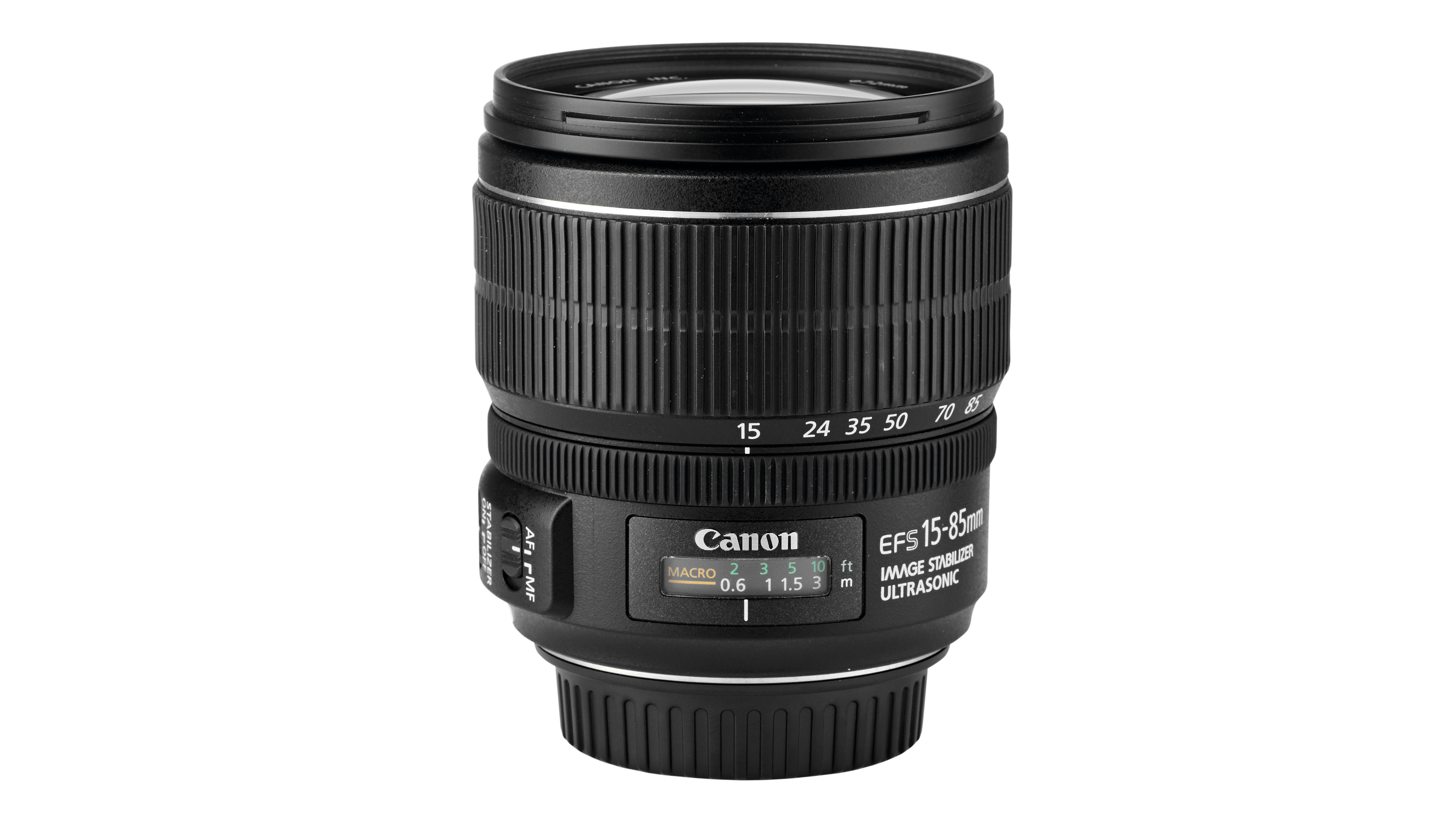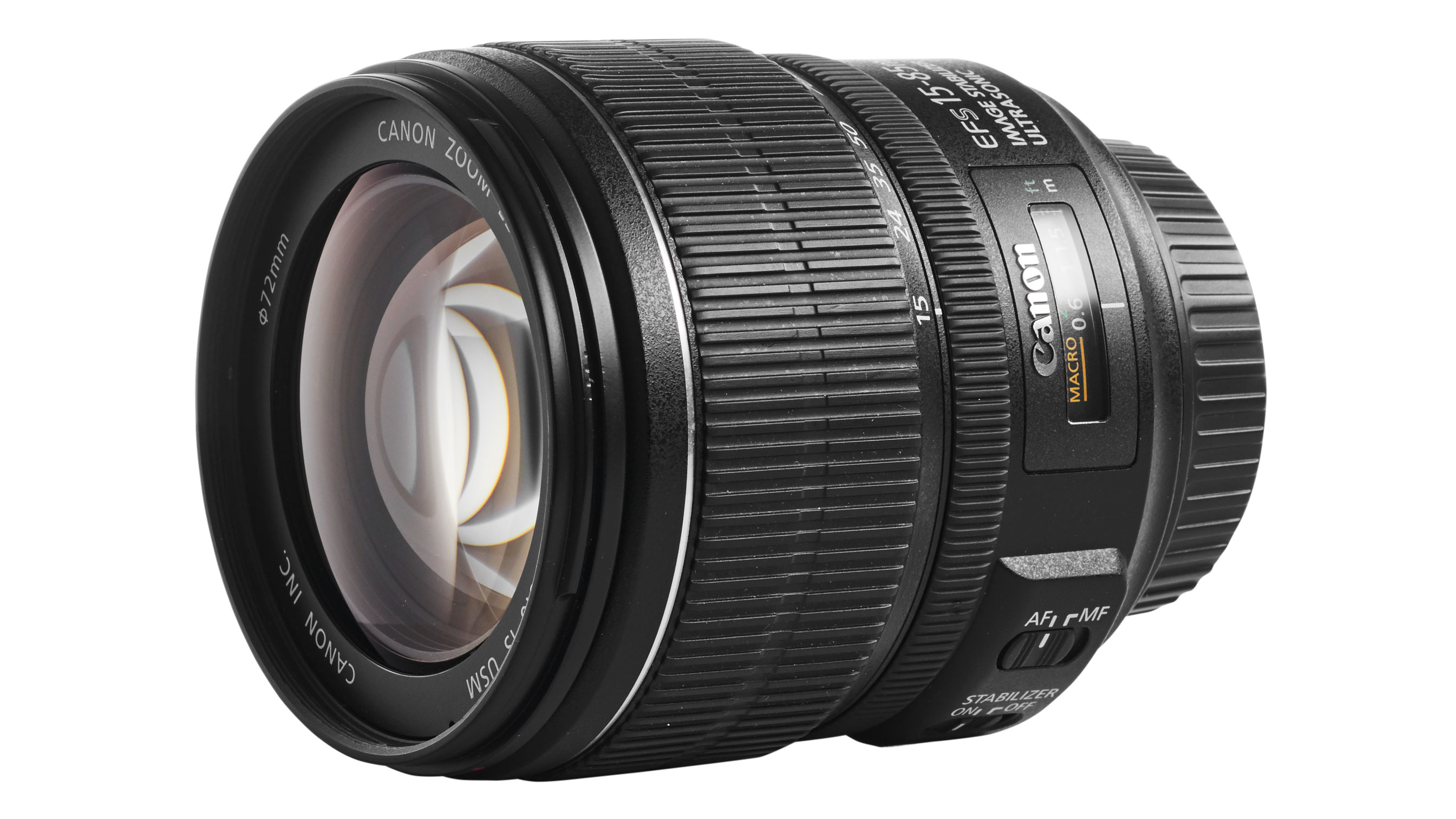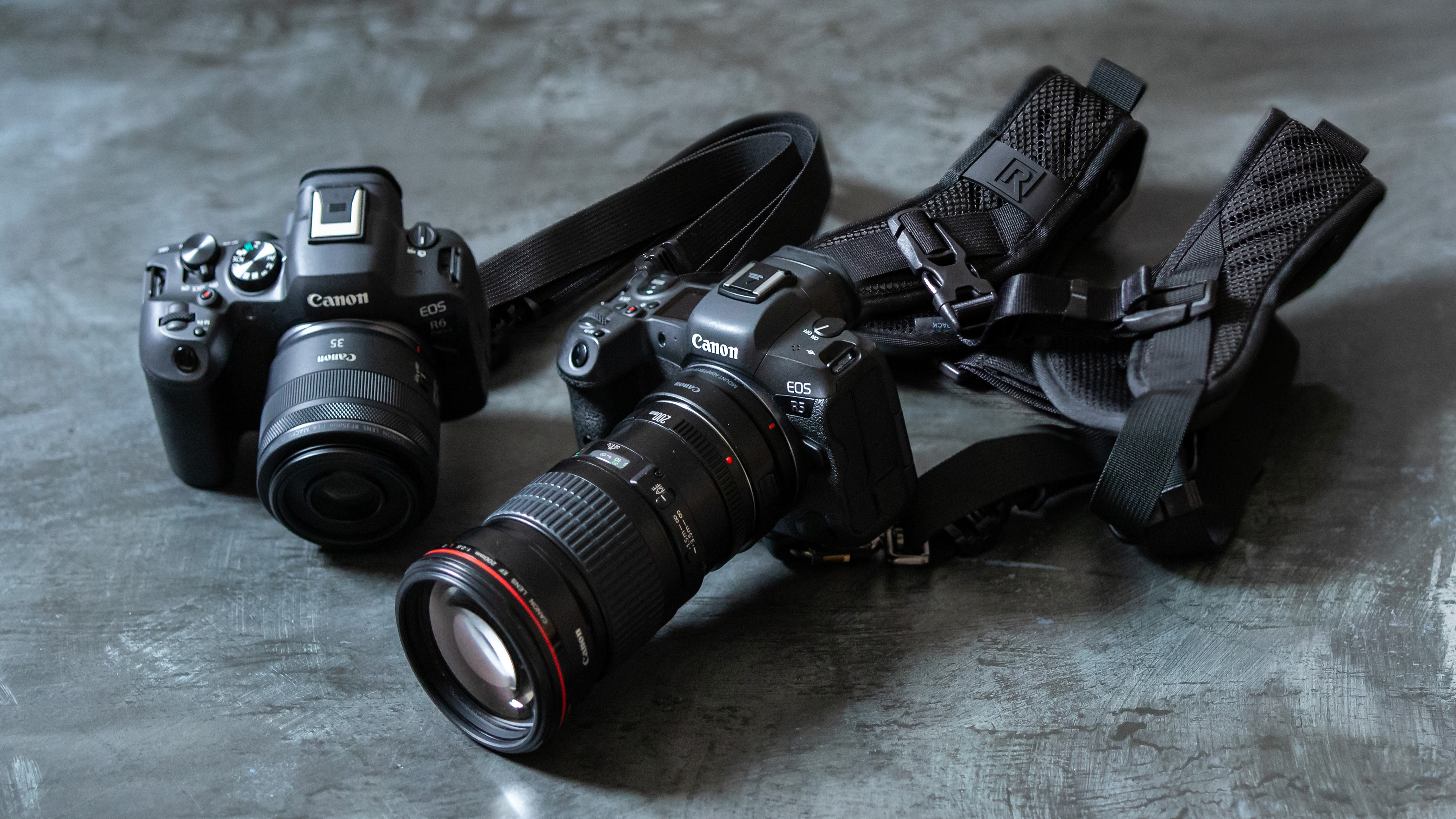Digital Camera World Verdict
A useful zoom for APS-C users, the Canon EF-S 15-85mm f/3.5-5.6 IS USM provides a generous range in a surprisingly light body. You do have to be aware of a few trade-offs – the narrow maximum aperture is perhaps most obvious, though there are also a few sharpness problems that are alleviated by stopping down, further reducing the lens’s low-light capabilities. Still, extra features like a useful four-stop stabiliser and a focus distance scale mean this is definitely a lens for APS-C users to consider.
Pros
- +
Wide zoom range
- +
Four-stop stabiliser
- +
Relatively lightweight
Cons
- -
Narrow maximum aperture
Why you can trust Digital Camera World
Considering that a starting point of 24mm is pretty ubiquitous in standard zooms for full-frame cameras, it’s surprising that this is the only zoom lens for Canon APS-C format bodies on the market that gives the same effective maximum viewing angle. The outright zoom range is also exceptionally generous for a lens of this type, equating to 24-136mm in full-frame terms.
Originally launched back in 2009, this lens is similar to many other mid-range lenses in the Canon stable. It isn’t weather-sealed and its hood is sold separately, in this case costing £38/$30 for the EW-78E hood. It also sports ring-type ultrasonic autofocus, in which the focus ring remains stationary during autofocus and enables full-time manual override. Also, unlike most kit zooms, it has a focus distance scale.
Despite its generous zoom range, this lens is smaller and more lightweight than many of its contemporaries, weighing just 585g and taking 72mm rather than 77mm filters. The trade-off comes in the form of the variable f/3.5-5.6 aperture rating, which is a good deal slower than many lenses of similar focal range. If you can deal with that, you’ll find a lot to like about this expansive zoom – it’s a great general-purpose lens for all sorts of shooting situations.

Performance
Handling is refined with smooth operation of the zoom and focus rings, while the ring-type ultrasonic autofocus system is quick and quiet. The four-stop image stabiliser is also very effective, expanding the user’s handheld shooting options. Sharpness is good – not great – and benefits from stopping down. Image quality is pleasing, but barrel distortion and vignetting are clearer at the short end of the zoom range.
Super Spectra coatings have been applied to reduce ghosting and flare, while the internal optics include both UD (Ultra-low Dispersion) and aspherical elements, tamping down aberrations and distortions for smooth results. Finally, a seven-bladed aperture allows for the creation of images with smooth transition from focused to defocused areas, and beautiful bokeh.
Read more:
The 10 best enthusiast cameras
The best camera deals, reviews, product advice, and unmissable photography news, direct to your inbox!
Best wide-angle lenses for Canon
Matthew Richards is a photographer and journalist who has spent years using and reviewing all manner of photo gear. He is Digital Camera World's principal lens reviewer – and has tested more primes and zooms than most people have had hot dinners!
His expertise with equipment doesn’t end there, though. He is also an encyclopedia when it comes to all manner of cameras, camera holsters and bags, flashguns, tripods and heads, printers, papers and inks, and just about anything imaging-related.
In an earlier life he was a broadcast engineer at the BBC, as well as a former editor of PC Guide.


